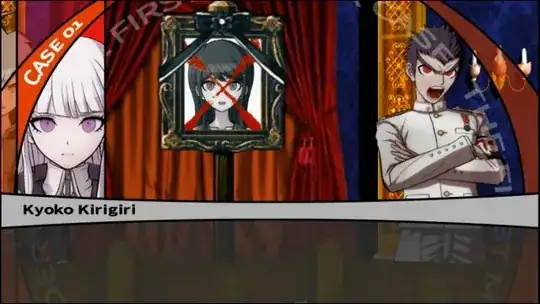Across quite a few Japanese works, I have noticed black ribbons/bows hung over a deceased person's portrait (shown in the photo below). But why are they there? What do they symbolise? Are they commonplace? Are they exclusive to just one region of Japan? And are they exclusive to Japan in general, or can they be seen in other countries? What is this practice called? From when do they originate?
(Spoilers for the very first death of Danganronpa: Trigger Happy Havoc. This was the best example of these ribbons I could find as to only include minor spoilers. If anybody has a better picture, please comment it below.)
